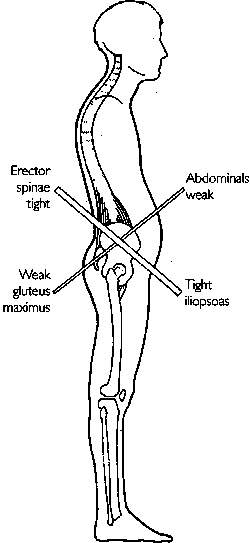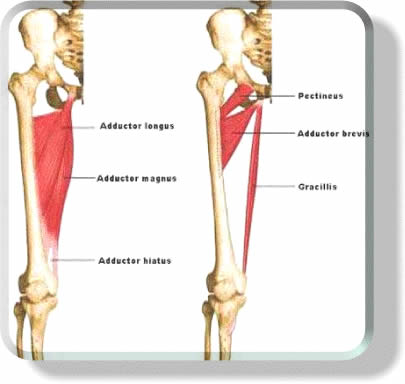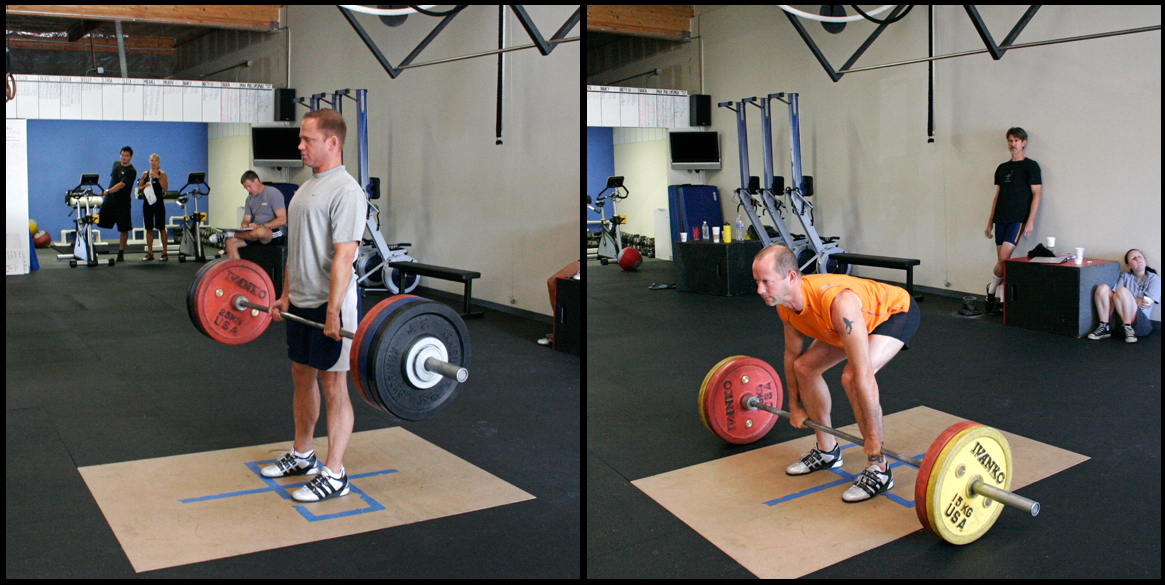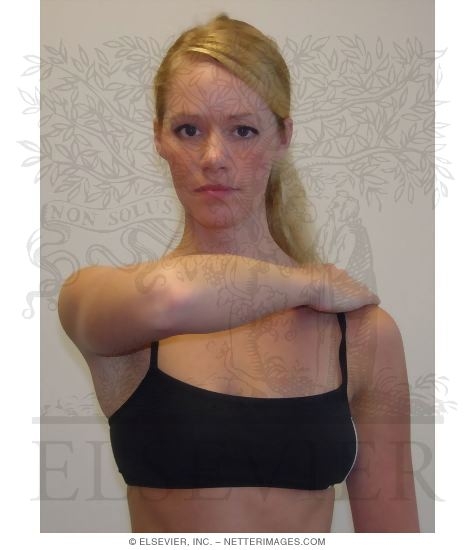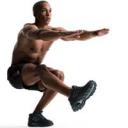Let's start off with metabolism. According to the MedlinePlus Medical Encyclopedia, metabolism "refers to all of the physical and chemical processes in the body that create and use energy". In other words, your metabolism is the total energy expenditure of the body. Digesting food, breathing, heart rate, strength training - all requires energy.
Resting metabolic rate - the amount of calories you burn at rest - accounts for 60-75% of total energy expenditure in sedentary people.1 This leaves anywhere from 25-40% of total caloric expenditure to come from activity level and the Thermic Effect of Food (TEF).
A fat loss program must address these three important protocols: resting metabolic rate, physical activity, and diet to maximize results. More on this later.
Now, how does one "burn fat"? This is "fat burning for dummies" so I'll explain relatively quickly here (note that this an extreme oversimplification of the complex process). Subcutaneous fat (commonly referred to as body fat) exists in fat cells. We need to "mobilize" this fat out of the cell, and into the muscle where it can be burned off. Muscle is the only tissue in the body that burns fat - the only reason that "cardio", "aerobic exercise", or "endurance training" burns calories is because of the demand from the muscular system. What happens when you run, bike, swim, etc? Your muscles are essentially performing hundreds of repetitions, which means that cardiovascular exercise cannot occur without the muscular system initiating the movement first.
So how do we mobilize the fat? Breakdown of triglycerides in the fat cell into free fatty acids (FFA) must occur so that they can enter the bloodstream. Hormone Sensitive Lipase (HSL) is called upon by glucagon when blood sugar stores are low to convert the triglycerides into FFA and shuttle them to the muscle and liver where they can be burned.2
All that science mumbo-jumbo basically means we need to eat healthier, and increase physical activity. Rocket Science.
Now that we know how to mobilize the fat from the fat cells into FFA in the bloodstream. We need to figure out how to transport the FFA into muscle where it can be burned off in the mitochondria. This transportation process is controlled by carnitine levels. The higher the levels of carnitine - the higher the rate of transportation. 3
So again with the science mumbo jumbo. All this really means is that in order to have high levels of fat oxidation - we need to exercise more and eat properly. Again, rocket science.
Now with all of that out of the way - the three key pillars to fat loss are:
1) Nutrition
2) Resistance Training
3) Energy systems work, cardiovascular training, GPP, whatever you want to call it.
I'll go over each one in more detail:
1) You can't out-train a bad diet. No matter how hard you work out, if your diet is poor- your results, or lack thereof, will suffer.
With that being said - according to the research above, it seems as though a reduced-carb diet will optimize fat burning capacity. I'm not a registered dietician or a nutritionist, but I think I can safely say that a diet low in sugar; high in fruits, vegetables, lean proteins; and high in fiber are good guidelines to follow for anybody pursuing body fat reduction. Drinking lots of water, making breakfast be your biggest meal, making sure you eat something healthy after your workout, and snacking on nutritious foods throughout the day to maintain a high metabolism are all other general guidelines and recommendations that would be advantageous to follow.
2) Resistance training comes before cardiovascular work. Most people who come to the gym have it the other way around. Like I mentioned before, muscle is the only tissue in the body that burns fat. The more muscle you have means that you have a higher resting metabolic rate because muscles demands higher energy expenditure from the body to maintain it.4
3) Cardio. Once the resistance training is implemented into a program, the last part of the equation is supplemental energy systems work. Running, swimming, biking, etc. at a steady pace is not an efficient, or effective means of training for those interested in fat loss. Now, think about running a mile. Let's say you run a mile in 8 minutes and you burn 100 calories. Your body will adapt to this within a couple of workouts and will require maybe 90 calories of total energy expenditure to the run the mile. Now with weight training, to counteract this adaptation, we can increase the load (the amount of weight you're lifting). With cardio, you would have to run longer. So, what I'm trying to tell you is that your body becomes more efficient at running and it becomes harder to burn calories at the same rate before you started the running program.
How do we resolve this? We incorporate high-intensity interval training (HIIT). We make sure we switch speeds and resistances in order to halt the adaptation process. The higher intensity ensures we burn the most amount of calories during the session, and also elevate metabolism for at least the next 24 hours.5
In conclusion, this is not a program, but more of a lesson in how the fat loss process works. It is up to you to incorporate these elements into your training. With all this being said, everyone is different (age, gender, thyroid activity, etc.) and there is not one secret program that will yield the exact same results for every single person. My recommendations in this blog are extremely generalised - I would need to perform multiple assessments before moving on into more specific programming.
The concepts are easy, but actually putting forth the effort and intensity and discipline is extremely difficult. Do you have what it takes?
Train Hard,
Jason
1J. Connolly, T. Romano, and M. Patruno. Effects of dieting and exercise on resting metabolic rate and implications for weight management. Family Practice, April 1, 1999; 16(2): 196 - 201.
2
3Brass, Eric P. Supplemental carnitine and exercise. American Society for Clinical Nutrition, 72 (2000): 618-623.
4
5Treuth, et al. Effects of exercise intensity on 24-h energy expenditure and substrate oxidation. Medicine and Science in Sports and Exercise, 9 (1996): 1138-1143.
6Tremblay A, et al. Impact of exercise intensity on body fatness and skeletal muscle metabolism. Metabolism, 43 (1994): 814-818.


